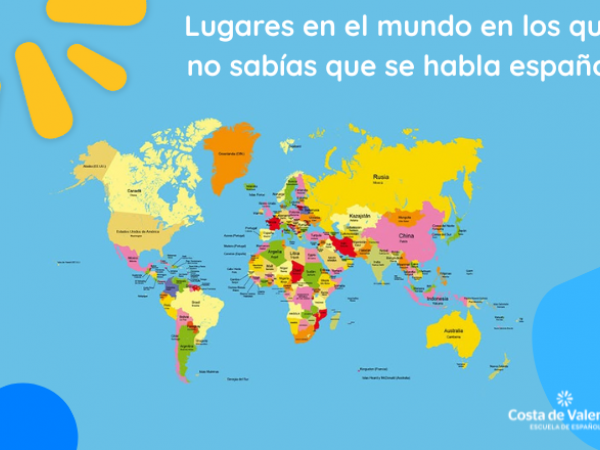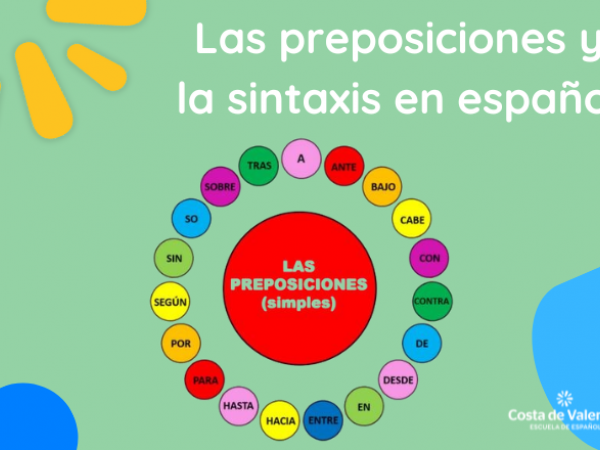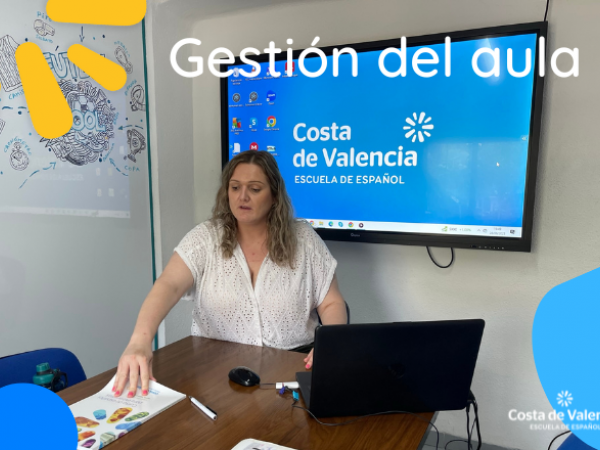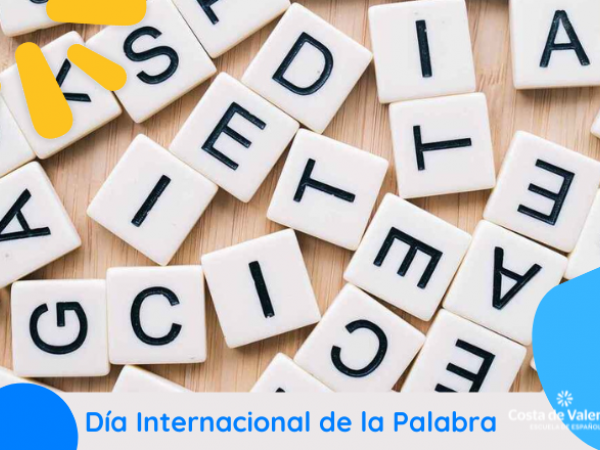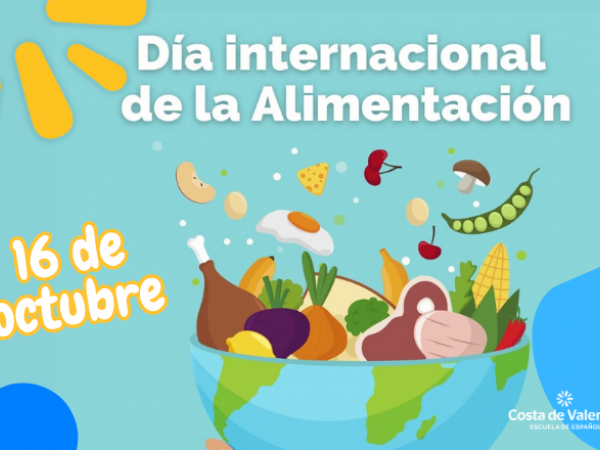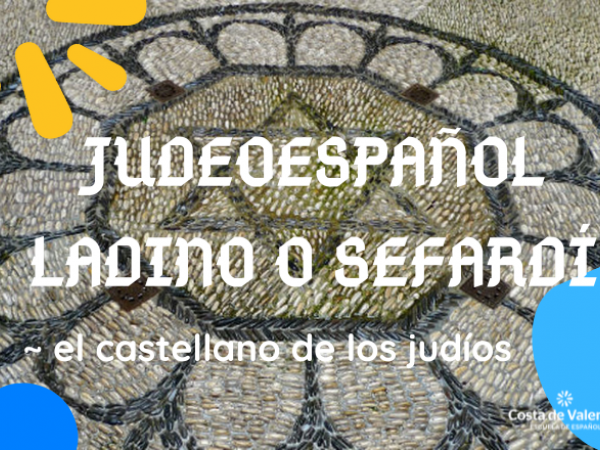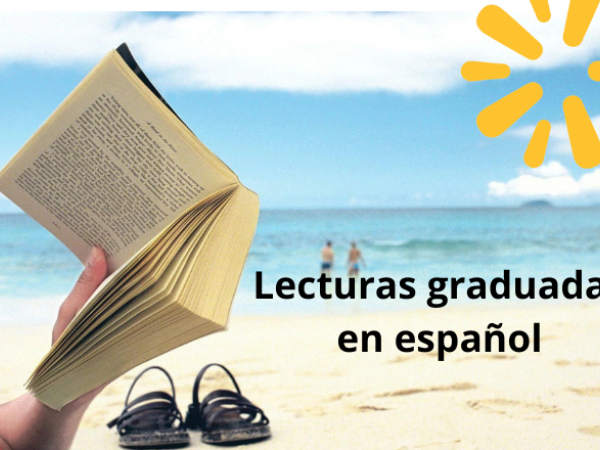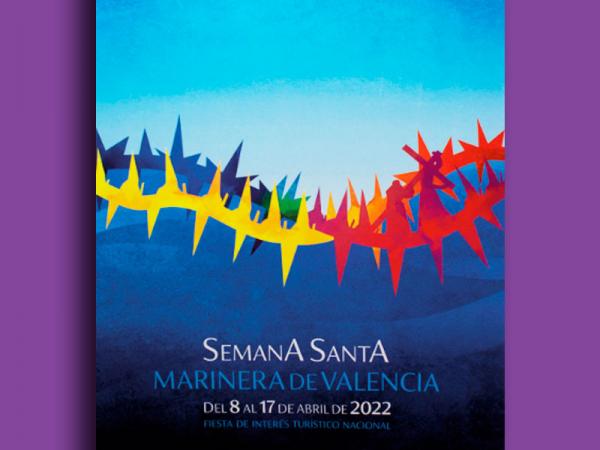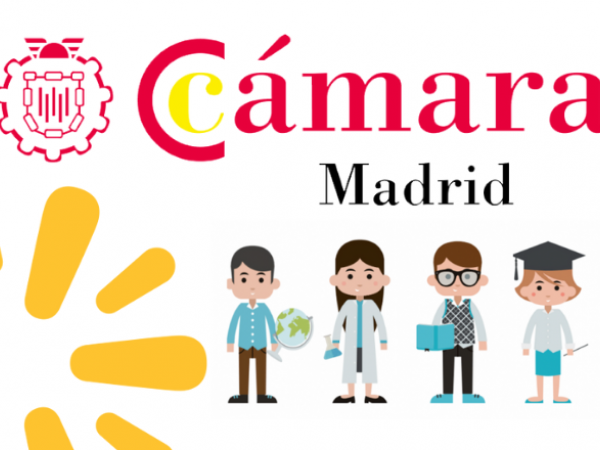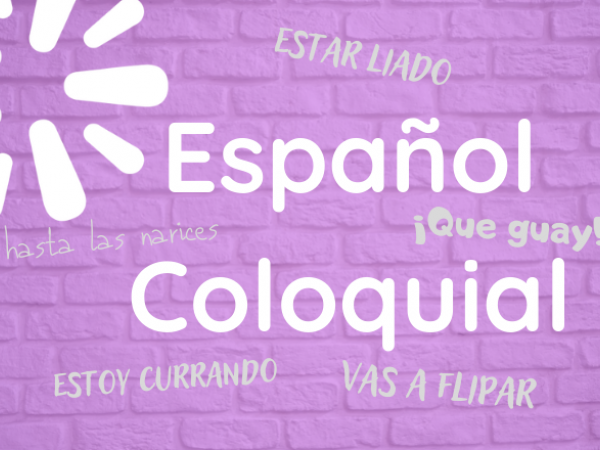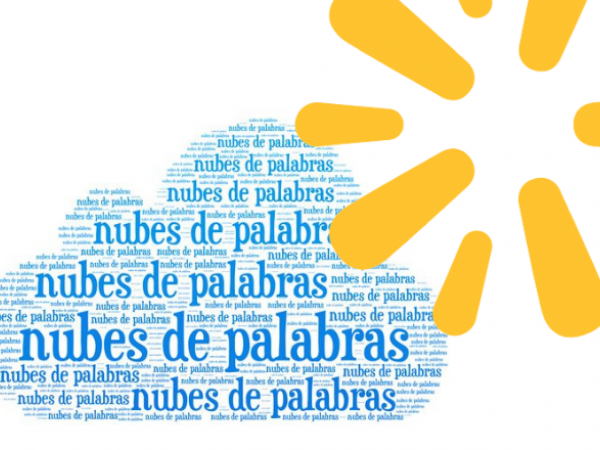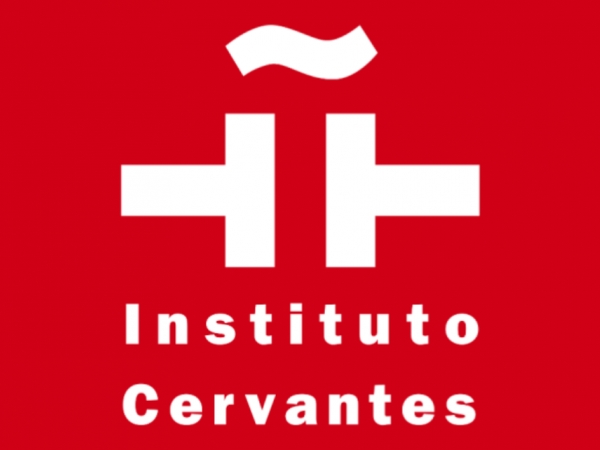Año nuevo, vida nuevo
"New year, new life", how often do we use it, when do we use it, why do we use it, where does its meaning come from?
It is a popular saying that means that with the beginning of a new cycle, new opportunities open up, even to renew our lives.
When do we use it? Well, it is usually used between New Year's Eve on 31 December and New Year's Eve on 1 January, as a greeting, to welcome the year, to have an optimistic spirit for the year ahead or to call for good luck.
In the Spanish popular imagination we have many beliefs related to the change of year, all in search of good luck, but how can we bring them to the classroom?
How are we going to explain all our beliefs to our students?
Whenever we introduce culture in the classroom, we must do a great deal of research and preparation, as it is not just a matter of saying "expressions, sayings or popular phrases" and that's it. We must always offer the pupils an explanation, an image, something that helps them to better understand the "popular" aspects of our culture. To understand it and to love it without judging it negatively.
What ideas are we going to offer them?
There are many traditions and symbolisms for the last night of the year in homes all over the world. Always with the aim of bringing lots of health, money and love. Traditions and customs that pass from generation to generation every year.
Here are a few of them:
The lucky grapes
If there is one that sets us apart from the rest and makes us very special, it is to eat 12 grapes to the sound of the 12 chimes that the clock strikes at midnight, in order to bring luck for the 12 months of the year. It is thought that its origin is due to some winegrowers from Elche (Alicante) who did it for the first time to get rid of a surplus harvest in the early twentieth century, and to this day it is the most important tradition for New Year's Eve in Spain, families, friends gather around a television to listen to the chimes and eat the grapes or go to the main squares of the cities to eat them.
We can share videos with our students to show them the importance of this moment: the chimes in Puerta del Sol in Madrid or any Spanish home (https://www.youtube.com/watch?v=BiCjv50C6LA).
Wearing red underwear
In Spain and in many countries of Latin origin, what is sought for the New Year with this custom is love, as the colour red is always related to passion.
But there is more, if we choose yellow, we are interested in attracting money and if we prefer green, what we are looking for is health.
Putting a ring in a champagne glass
We should leave it inside while we flange it and drink it, but be careful! Don't forget it's in there or we could lose our teeth or choke.
These are just three of the many customs we have in Spain.
Always remember to offer your students visual aids such as infographics and encourage them to find out more about other traditions https://www.pinterest.es/pin/985231149177093/.
You can also help them with online vocabulary activities.
https://www.profe-de-espanol.de/2017/12/18/ano-nuevo-vida-nueva-con-salu...
Don't forget, ask your students, they will be happy to share their country's New Year's Eve and New Year's Eve beliefs, and
¡Feliz año nuevo!






